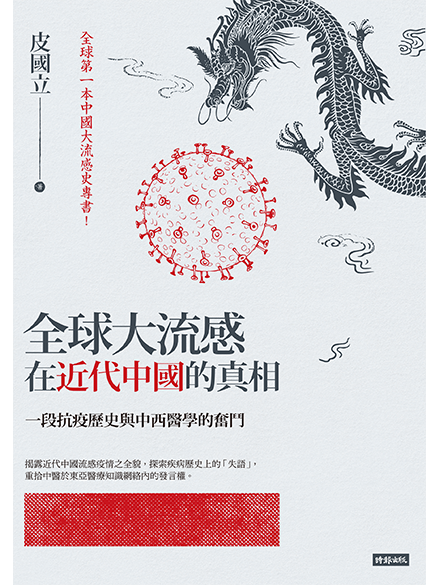An authority on the history of transmissible diseases explains how traditional Chinese medicine and lifestyles may have limited the impact of the 1918 Spanish flu pandemic in China.
The 1918 Spanish flu was one of the deadliest pandemics the world has ever known. Naturally, it has been the subject of extensive historical epidemiological research, but very little of it comes from East Asian scholars, or addresses the unfolding of the pandemic in East Asian nations. With the coming of COVID-19, however, there has been renewed scholarly interest in filling these gaps.
Through historical documents, contemporary newspaper reports, and other records of daily life, author Pi Kuo-Li constructs a portrait of China’s experience with the Spanish flu. Starting from the conceptual understanding of colds and flu in Chinese culture, the book moves on to trace the region by region evolution of the Spanish flu pandemic in China from 1918 to 1920. Differences between China and Western nations are discussed, including the treatment of the flu with traditional medicine, and the impact of Chinese material culture and lifestyle in limiting the severity of outbreaks. Finally, the case of Taiwan is introduced as another example of a region heavily influenced by Chinese culture, but in which traditional Chinese medicine and Western medicine were often used side-by-side to fight the outbreak.
Looking back from the standpoint of our current COVID-19 pandemic, Pi engages in a dialogue with Western epidemiological histories of the 1918 flu, providing previously unavailable historical accounts of the pandemic in China and Taiwan, and enriching Western-dominated discussions of the subject with the perspective of East Asian medical scholarship.
